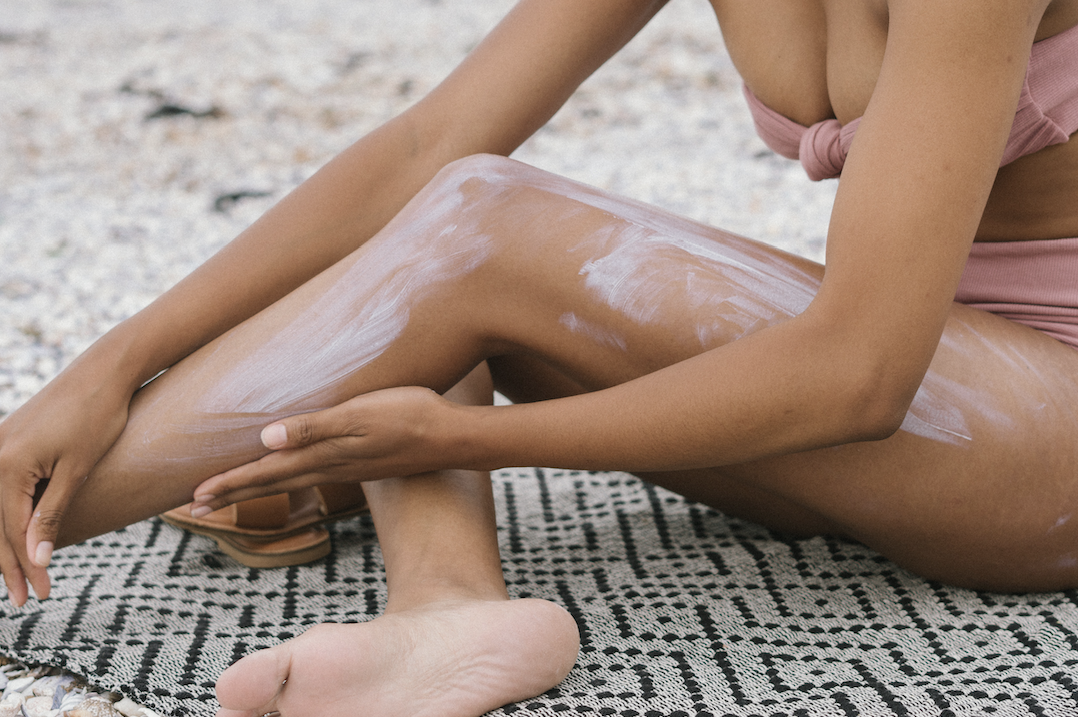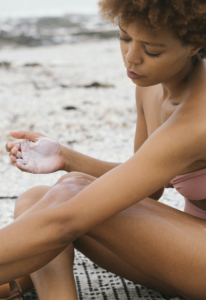Sun Safety for Summer 2021

Sun safety.
We all know what it is and why we should be vigilant about it, but do we actually do it?
Take, for instance, sunscreen. During the summer months, you can’t walk into a store without coming face-to-face with an entire wall of the stuff, lined up in colorful tubes and bottles that all basically scream at you to be smarter than you’re being. So, do you listen, or do you ignore the silent reproach of the entire sunscreen industry and walk away?
As part of your health, sun safety is, unfortunately, one of those areas that many people just kind of brush off. But really, what kind of damage are you allowing?
According to the CDC, there are five (count ‘em) simple things that help prevent dangerous levels of sun exposure and minimize sun damage. Called the 5 S’s, we should:
- SLIP on a tee-shirt
- SLOP on SPF 30 (or greater) broad-spectrum sunscreen
- SLAP on a hat with a large brim
- SLIDE on sunglasses
- SHADE from the sun whenever you can
It’s so easy to do when you think about it, and what it prevents is so important. Sun exposure is more than just a nasty sunburn that bothers you for a few days and then goes away. It’s actual damage to the skin; damage that can age you and cause permanent discoloration. It’s also a major risk factor in developing deadly skin cancer.
So, why not just hide indoors all the time and avoid the sun like the plague? For one thing, it’s not feasible. For another, you actually do need sunlight. You may not be a plant, but sunlight is still essential for your body to function properly. When skin is exposed to the sun, our bodies produce vitamin D, which aids the absorption of calcium for stronger, healthier bones.
The best course of action is just to be wise and have a healthy respect for what the sun can do. That means following the CDC’s recommendation. It also means following those guidelines properly.

Sunscreen should be, at a minimum, SPF 30. The higher the number on the bottle, the better the protection. How it works is simple: The SPF number indicates the amount of time it would take for the sun’s UV radiation to redden your skin when using the product exactly as directed versus how long it would take without any sunscreen. SPF 30 would ideally give you 30 times longer before burning than if you weren’t wearing sunscreen. SPF 30 protects from around 96.7% of UVB rays (the kind that burns the skin), whereas SPF 50 protects from about 98% of UVB rays. Contrary to what one might assume, however, anything beyond SPF 50 makes very little difference to the risk of sun damage, and no sunscreens offer complete protection from UVB rays.
Another important factor on the label of that sunscreen in your hand is the presence or absence of the words “broad spectrum.” If you want to maximize your protection, you need those words to be there. Broad-spectrum means that it protects from UVB as well as UVA — something you need if you’re hoping to avoid the aging effects of sun damage.
So you’ve got your sunscreen, and you’ve slathered it on. Good to go, right? Think again. You might not have used enough, and how many times do you plan on re-applying? By the American Academy of Dermatology’s standards, you should apply enough sunscreen to cover any skin not covered by your clothing. Most adults need about an ounce (picture a shot glass) to fully cover their body. Don’t forget to apply to the tops of your feet, your neck, your ears and the top of your head. All of these areas are particularly vulnerable. Apply sunscreen to dry skin 15 minutes before going outdoors and reapply every two hours, especially after swimming or sweating.
Ever heard the saying that timing is everything? That actually applies here. As it is with so many things in life, timing is very important in sun safety. The FDA recommends limiting your time in the sun, especially between 10 a.m. and 2 p.m., which is when the sun’s intensity is at its highest.
Over the years, protective clothing has gotten even more protective. In fact, there are companies that manufacture clothing with SPF in them. Companies like L.L. Bean, Athleta, Lilly Pulitzer, Land’s End and Columbia are known for making hats, jeans, leggings, shirts and other garments that are more protective than standard clothing — they even have SPF on the tags, which is very helpful. Still, standard clothing is still effective in blocking some UV rays. Keep this in mind, however: darker colors absorb and block more UV than lighter colors like whites and pastels. Bright colors like red can also absorb UV rays, and the more vivid the color, the more protective it is.
Be safe, be smart. Enjoy your time in the sun, Austin!






